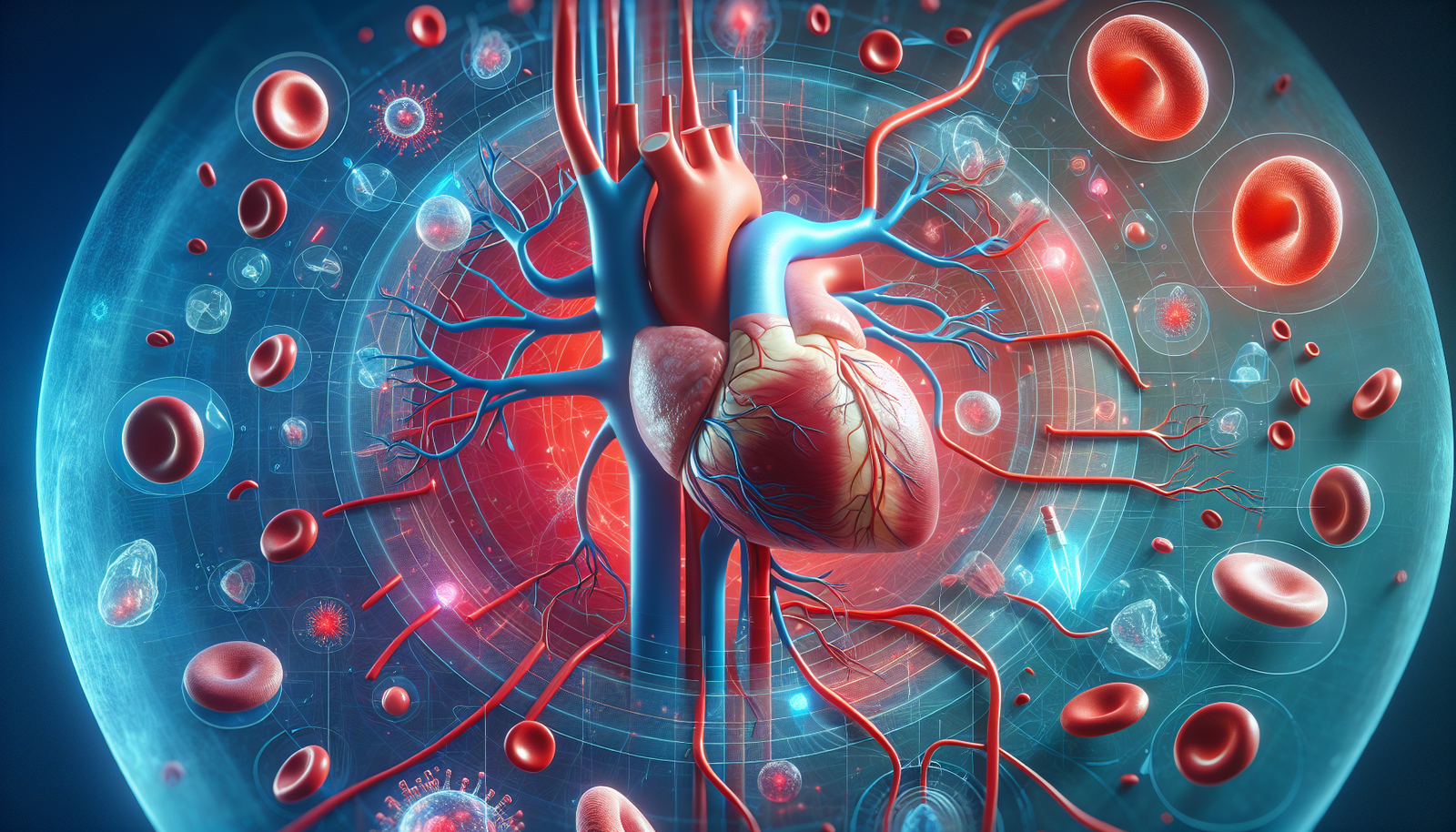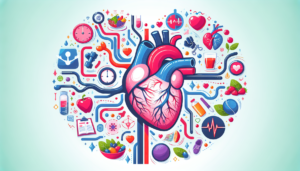How Exercise Enhances Cellular Energy Levels
How Exercise Enhances Cellular Energy Levels
Understanding Cellular Energy
Cells are the building blocks of life and fundamentally require energy to perform numerous functions. The primary source of cellular energy is adenosine triphosphate (ATP), which cells produce through various metabolic processes. ATP is crucial for cellular activities such as muscle contraction, nerve impulse propagation, biosynthesis of macromolecules, and cellular repair. Understanding how exercises enhance ATP production is essential to maximize physical performance and overall health.
The Role of Mitochondria
Mitochondria are often referred to as the powerhouses of the cell. These organelles are responsible for producing ATP through oxidative phosphorylation, a process that takes place in the inner mitochondrial membrane. Regular physical activity significantly impacts mitochondrial function and biogenesis. Exercise stimulates the production of new mitochondria—an adaptation that enhances a cell’s ability to generate energy efficiently and sustain prolonged activity.
Exercise Type and Its Impact on Cellular Energy
Different forms of exercise have varying effects on cellular energy levels. Broadly categorized, they include aerobic exercise, anaerobic exercise, and resistance training.
-
Aerobic Exercise:
- Aerobic activities, such as running, swimming, and cycling, increase oxygen consumption and enhance cardiovascular function. They improve mitochondrial density, increase the number of enzymes involved in oxidative phosphorylation, and improve the efficiency of ATP production. Studies indicate that long-term aerobic training can increase mitochondrial biogenesis in skeletal muscle, leading to enhanced energy levels during physical activity.
-
Anaerobic Exercise:
- This type of exercise, including sprinting and high-intensity interval training (HIIT), relies on energy sources stored in muscles, such as phosphocreatine and glycogen. During anaerobic exercise, ATP is produced through the glycolytic pathway. Although these activities primarily result in short bursts of energy, they enhance lactic acid clearance and improve the capacity for ATP production through anaerobic pathways.
- Resistance Training:
- Resistance training results in increased muscle mass and improved metabolic rates. It has been shown to enhance protein synthesis, leading to better recovery and adaptation in cells. An increase in muscle mass also translates to a higher resting metabolic rate, which means the body burns more calories at rest and improves overall energy efficiency.
Mechanisms of Enhanced ATP Production
-
Increased Mitochondrial Density:
- Regular exercise promotes the proliferation of mitochondria in muscle cells, allowing for greater ATP production capacity. The mechanism involves a family of proteins known as peroxisome proliferator-activated receptors (PPARs), which are activated by exercise and ultimately lead to increased mitochondrial biogenesis.
-
Improved Oxygen Utilization:
- Exercise also enhances the body’s ability to transport and utilize oxygen. Increased blood flow, driven by cardiovascular adaptations from aerobic training, ensures a more significant supply of oxygen to the cells. This is essential for oxidative phosphorylation, where ATP is produced in large quantities.
-
Enhanced Enzyme Activity:
- Physical activity stimulates the production of enzymes involved in the ATP production cycle. Enzymes such as citrate synthase and cytochrome c oxidase play vital roles in the Krebs cycle and the electron transport chain, respectively. Increased enzyme concentrations result in more efficient ATP synthesis.
- Regulation of Energy Substrates:
- Exercise improves the body’s ability to utilize different energy substrates, such as fats, carbohydrates, and proteins. Enhanced lipolysis during prolonged exercise allows for a sustained energy supply, effectively elevating cellular energy levels. Conversely, increased glycogen stores facilitate quicker energy access during high-intensity bursts.
Hormonal Changes Induced by Exercise
Regular physical activity influences hormone levels, which play critical roles in energy metabolism.
-
Insulin Sensitivity:
- Exercise enhances insulin sensitivity, facilitating better glucose uptake by cells. This is pivotal in maintaining energy levels, as glucose serves as a primary fuel source for ATP production, particularly in the brain and muscles. Improved insulin sensitivity lowers the risk of metabolic disorders and enhances overall energy levels.
-
Increased Growth Hormone Levels:
- Resistance training and high-intensity workouts stimulate the release of growth hormones which promote muscle growth and increase fat utilization. By optimizing energy metabolism, growth hormones indirectly contribute to elevated ATP production.
- Release of Catecholamines:
- During exercise, catecholamines (like adrenaline) are released into the bloodstream, mobilizing energy stores for immediate use. These hormones increase heart rate, blood flow, and availability of glucose and fatty acids in the bloodstream, supporting cellular energy demands during physical activity.
Impact on Different Age Groups
The effects of exercise on cellular energy levels vary across different age demographics.
-
Youth:
- In younger individuals, regular exercise promotes optimal development of mitochondrial function. This foundation supports increased energy levels throughout life and builds robust physiological systems.
-
Adults:
- For adults, maintaining a consistent exercise routine is fundamental to counteracting age-related declines in mitochondrial function. Regular aerobic and resistance training can help sustain energy levels, improve overall health, and promote longevity.
- Older Adults:
- Older individuals often experience reduced muscle mass and mitochondrial density. However, the implementation of a structured exercise regimen can stimulate mitochondrial biogenesis and improve overall metabolic health. This adaptation can significantly enhance daily energy levels and improve quality of life.
Recovery and Cellular Energy Restoration
Post-exercise recovery is as vital as the workout itself. Recovery strategies significantly influence cellular energy replenishment.
-
Rehydration:
- Consuming water and electrolytes post-exercise supports recovery and helps restore cellular homeostasis, essential for the effective replenishment of ATP.
-
Nutritional Intake:
- Protein and carbohydrates play critical roles in energy restoration. Post-exercise, muscle glycogen stores must be replenished, and protein is necessary for muscle repair and growth. Consuming a balanced meal or snack shortly after exercise can accelerate recovery and enhance subsequent performance.
- Rest:
- Adequate sleep and rest are imperative for the body to optimize recovery processes. During sleep, metabolic processes that facilitate ATP resynthesis and mitochondrial repair are heightened.
Future Research Directions
As the relationship between exercise and cellular energy continues to be explored, several areas require further investigation:
-
Molecular Signaling Pathways:
- Understanding the intricate signaling pathways activated by different types of exercise could lead to targeted interventions for metabolic diseases.
-
Personalized Exercise Regimens:
- Research focusing on variability among individuals may help tailor exercise programs for optimized energy production tailored to genetic backgrounds.
- Exercise in Disease Populations:
- Studying how exercise can mitigate cellular energy disturbances in metabolic diseases, cancer, and aging populations offers potential therapeutic advantages.
By comprehensively understanding how exercise influences cellular energy levels, individuals can harness these effects to improve their health, optimize performance, and enhance overall quality of life. Engaging regularly in diverse forms of physical activity is key to sustaining high energy levels within cells, fostering resilience against chronic diseases, and promoting better physiological well-being.








